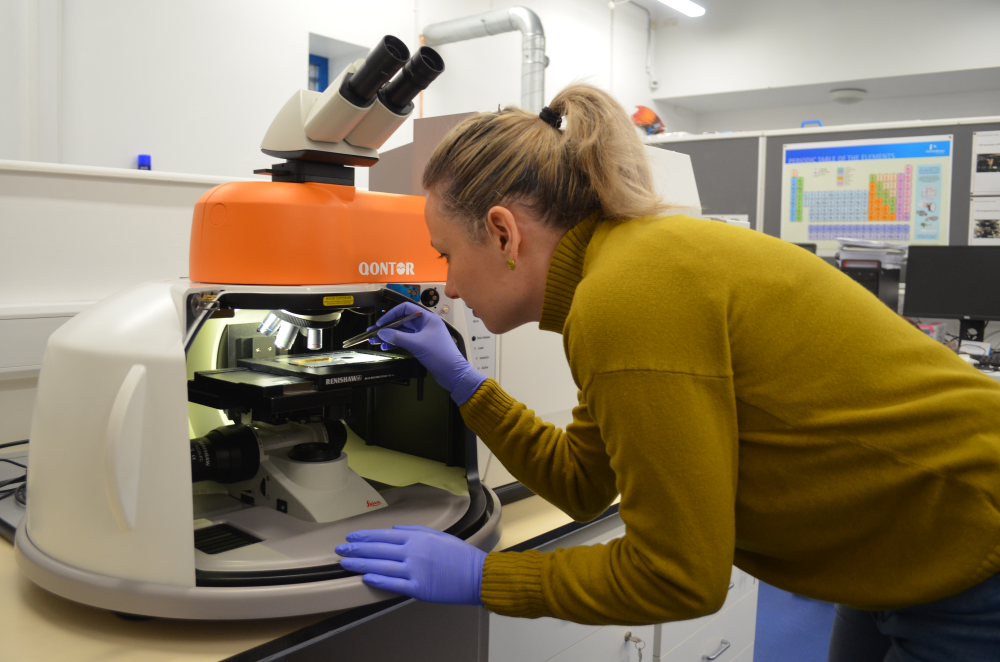Feathers belonging to a griffon vulture that died around 30,000 years ago have become the first fossils of their kind, mineralized in a way not previously reported in soft tissues. The vulture fossil was found in volcanic deposits of the Late Pleistocene Colli Albani volcanic complex near Rome, Italy. It was first discovered way back in 1889, but science’s new toys are enabling us to see it like never before.
ADVERTISEMENT
Fossils feathers are something we typically find in ancient mudrock that was laid down in lakes or lagoons, environments where carcasses are more likely to experience the right conditions for detailed preservation. We don’t typically expect to find soft tissue fossils in volcanic rock, and with good reason.
This discovery shows that we can find remarkable fossils preserved in volcanic rocks that are made mostly of fine ash.
Dr Valentina Rossi
“Volcanic rocks are less explored because they’re usually associated with turbulent flows of hot gases and ash, and also lava,” explained lead author Dr Valentina Rossi of University College Cork, Ireland, to IFLScience. “Delicate animal soft tissues are unlikely to fossilize in such geological environments.”
Taking a closer look at that vulture fossil has revealed, however, that this isn’t always the case. Unlike most fossil feathers, which are preserved as impressions or carbonaceous films, these feathers have been mineralized in three dimensions.

Science is always inventing new toys that enable us to look at old fossils in closer detail.
Image credit: Dawid A. Iurino
Finding soft tissues like this is rare because of the specific conditions needed for minerals to form and replicate biological tissues. We’ve found fossils mineralized in everything from calcium carbonate (which is your typical chalky ammonite), to opal and pyrite, but never before have we found fossil soft tissues mineralized in nanocrystalline zeolite – that is, until they took a closer look at this vulture fossil.
Nanocrystalline describes the size of the (very, very small) crystals of zeolites, a group of silicate minerals. These tiny crystals have replaced the organic components of the feathers, leaving behind a kind of mineral cast that has preserved details down to the microscopic level, including melanosomes that give feathers color. The rarity of soft tissue fossils mineralized in these tiny crystals comes down to what’s needed for the process to occur.
Our work shows that feathers can be found in some volcanic rocks preserved to the finest biological detail.
Dr Valentina Rossi
“The most important condition is the presence of ash or tiny shards of volcanic glass,” said Rossi. “Ash and glass are made mostly of silicon and aluminum and when they interact with water – for instance, rain – they gradually dissolve.”
“The freed silicon and aluminum can then ‘recrystallize’ in tiny flakes of zeolites. Zeolites in general have been reported to be able to grow on top of biological material, replicating fine structures. This is exactly what happened with feathers of the vulture entombed into an ash-rich sediment.”
The result is some of the finest fossil feathers the world’s ever seen, and a heads up that there may be more detail to be found in volcanic rock fossils than previously thought.
ADVERTISEMENT
“This discovery shows that we can find remarkable fossils preserved in volcanic rocks that are made mostly of fine ash,” added Rossi. “[And] that feathers can be found in some volcanic rocks preserved to the finest biological detail.”
The study is published in the journal Geology.
Source Link: 30,000-Year-Old Feathers Fossilized In Zeolite Reveal Never-Before-Seen Mineralization